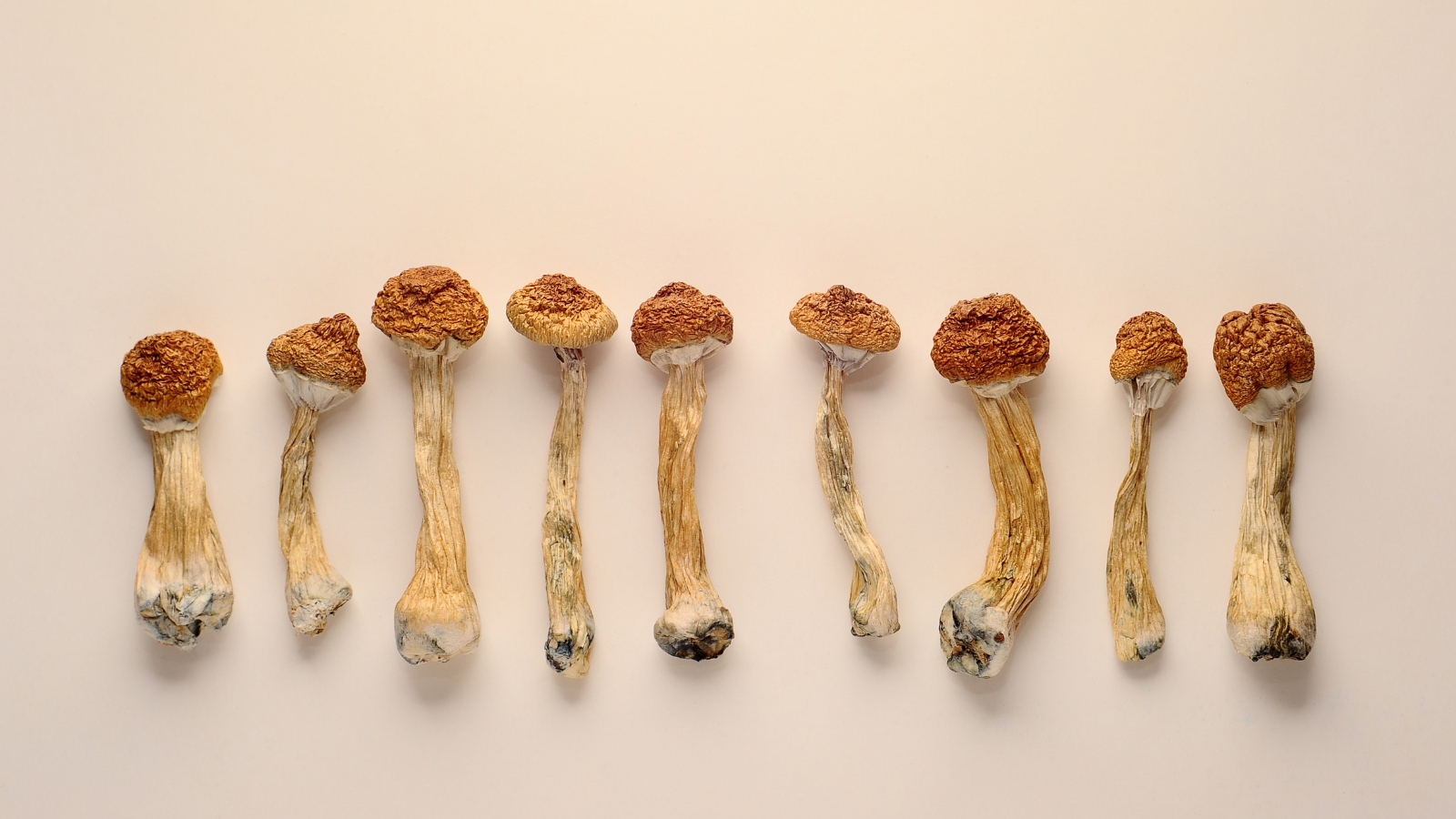Ever wondered what happens when magic mushrooms take the lead in the psychedelic renaissance? A study by Dr. Ashutosh Bhave from the University of Arkansas dives into the unexpected ripple effects of recent psilocybin reforms. Let’s break it down:
The Nitty-Gritty
Who: Dr. Ashutosh Bhave, University of Arkansas
What: Study on the effects of psilocybin decriminalization
When: Published July 2024, analyzing data from 2017-2022
Where: Nationwide study, focusing on US states and cities
Why: To understand how psilocybin reforms impact public interest and potential health implications
The Shroom Boom: What’s the Deal?
Psilocybin, the mind-bending compound in magic mushrooms, has been making waves.
Since Denver kicked off decriminalization in 2019, it’s been a wild ride:
- Oakland, Santa Cruz, and others followed suit
- Oregon went all in, legalizing supervised use in 2020
- Colorado joined the party in 2022
But here’s where it gets interesting. Dr. Bhave and his team weren’t just looking at shrooms. They were curious about the knock-on effects on other psychedelics, particularly LSD and MDMA.

The Plot Twist: Shrooms Up, Others Down?
Using web search data as a proxy for public interest, the study uncovered some eyebrow-raising trends:
- Psilocybin searches skyrocketed after reforms
- 17.4 point jump after Denver’s move
- Another 14.8 point leap post-Oregon legalization
- LSD and MDMA? Not so hot
- Slight dip after Denver (-0.91 for LSD, -2.39 for MDMA)
- Massive nosedive post-Oregon (-22.07 for LSD, -13.12 for MDMA)
Why Should We Care?
Here’s the gold nugget amongst it all: psilocybin is considered the safest of these psychedelics.
- Lower risk of overdose
- Fewer emergency hospital visits
- Potentially beneficial for mental health treatments
So, this shift in interest could have significant public health implications.
But that’s not all:
- Reduced strain on healthcare systems: Fewer emergencies mean less burden on hospitals
- Potential for new therapeutic approaches: Growing interest could accelerate research into psilocybin-assisted therapies
- Shifting perceptions: This trend might help destigmatize discussions around psychedelic use in medical contexts—as psilocybin takes center stage, psychedelics and the psychedelic industry as a whole may shed negative stigmas and become characterized by this safer psychedelic
- Economic implications: As interest grows, we might see new industries and job opportunities emerge around legal psilocybin use
What’s Next?
While the study opens up exciting possibilities, there’s still more to unpack:
- Will reduced interest in LSD and MDMA translate to fewer overdoses?
- How might this impact mental health treatments?
- Could individual-level data reveal more nuanced patterns?
And the questions don’t stop there:
- How will this trend influence drug education and harm reduction strategies?
- What legal and regulatory frameworks might emerge to govern psilocybin use?
- How might the pharmaceutical industry respond to growing interest in psilocybin-based treatments?

The Bigger Picture
This study is a snapshot of how policy changes can reshape public interest and potentially impact health outcomes. As more states consider easing psilocybin restrictions, understanding these dynamics becomes crucial.
The shift towards psilocybin, considered the safest option among psychedelics, could potentially lead to reduced usage of riskier substances like LSD and MDMA. Additionally, this increased interest in the “safest of psychedelics” could very well lead to an increased adoption of the many safer, healthier and more constructive activities associated with psilocybin and magic mushroom use, such as meditation, hiking and nature appreciation, art creation, or even enjoying good cinema and movies.
However, it’s important to note that while the study provides valuable insights into future, potential trends, further research is needed to understand the long-term effects of these policy changes on public behavior, health and substance use patterns. While one may like to assume that the increased interest and use of psilocybin would result in an increase of positive, associated behaviors, we can’t be 100% sure.
Ultimately, this trend might result in fewer emergency medical admissions and dangerous overdoses, pointing to positive implications for public health.
It’s also worth considering the broader societal implications of this shift. As public interest in psilocybin grows, we might see increased pressure for more comprehensive drug policy reforms. This could lead to a reevaluation of how we approach mental health treatment, addiction, and even recreational drug use.
Moreover, the study highlights the power of policy changes to influence public behavior and interest. It raises questions about how we can leverage these insights in other areas of public health and social policy. Could similar approaches be used to steer public interest towards safer alternatives in other contexts, such as harm reduction strategies for alcohol or tobacco use? As we navigate the complex landscape of drug policy and public health, studies like this provide crucial data points to inform evidence-based decision-making.
RS Contributing Author: Angus Sinclair
Angus is an MSc Ethnopharmacology Graduate with a sincere interest and passion for psychedelics, nootropics, mental health, and holistic well-being. As the lead author at Psyched Nation, Angus shares his research findings, experiences, and insights aimed at empowering readers with the knowledge and resources necessary to demystify the developing psychedelic space and make informed decisions about their physical, mental, and spiritual health journey.















